David, Tatsuya and Caleb – along with other chemical senses researchers from across the globe – wrote this lovely review (here) summarizing the current state of our understanding of how SARS-CoV2 affects olfaction, taste and chemesthesis – and further, how this understanding might influence our thinking about the interaction between SARS-CoV2 and the brain. So many questions remain, and so many models are still possible – there is much to learn. And yet – important first steps are being taken that are beginning to narrow down mechanisms.
COVID-19 and anosmia – the first hints at a mechanism?
Anosmia has emerged as the paradigmatic symptom of COVID-19. Data are still rolling in, but it looks like most (and as we get more objective metrics, perhaps even all) patients report some degree of smell loss, and conversely loss of smell is the most specific predictor of having COVID – more predictive than fever, shortness of breath, or a cough by as much as 10-fold. But how does the virus attack olfaction? And why do most (but not all) patients regain their sense of smell quickly?
David Brann, Tatsuya Tsukahara and Caleb Weinreb took advantage of pre-COVID datasets they had developed in the lab to ask which cells in the olfactory epithelium express ACE2 and other key cell entry genes for SARS-CoV2, the causal agent in COVID-19. Together with our amazing collaborators from across the globe (John Ngai, Darren Logan, Brad Goldstein, Hiro Matsunami, Matthew Grubb and their colleagues in the lab), they came to the conclusion (see paper here) that support cells in the olfactory epithelium – but not primary olfactory sensory neurons – seem to express ACE2 and are therefore infectable by the virus. A similar analysis in the olfactory bulb revealed that, again, neurons don’t seem to express ACE2 but vascular cells – in particular pericytes – express high levels of ACE2 and of the proteases required for SARS-CoV2 spike protein cleavage and cell entry.
These findings lead to a working model for how the virus hits olfaction. Given its unusual timecourse and clinical manifestations (patients lose their sense of smell rapidly, have total anosmia, don’t have a runny nose, and most recover quickly), one possible explanation is that support cell dysfunction causes temporary changes in mucus composition, local energetics, ion gradients, or local cytokine concentrations that end up indirectly causing reversible sensory neuron dysfunction. However, there is a subset of patients that seem have prolonged anosmia (with accompanying parosmias, suggesting sensory neuron cell death and renewal); in these patients, particularly severe infection or support cell dysfunction might ultimately lead to sensory neuron death, which requires the slow process of neural regeneration to reverse. It is also possible that viral infection of the vasculature of the olfactory bulb causes central effects, either through changing perfusion or through local inflammation.
This paper got a crazy amount of press coverage (ranging from USA Today to the Times of India), so it is doubly important to state: 1. These are just models. Although emerging animal and human data are consistent with these models (for now), we need way more work to tease apart what is actually happening with COVID and smell; and 2. Just because we think (based upon current data) that support cells are the primary targets for the virus, it doesn’t mean that the sensory neurons aren’t dramatically affected or in some cases dying. Long term olfactory loss is devastating for patients who have it, and although our model suggests a possible explanation for the clinical observation that many patients (60 percent or more) seem to have rapidly reversible anosmia, it is critical to recognize that there are probably multiple mechanisms at play that act in parallel to cause a spectrum of symptoms from mild to severe, from transient to prolonged. All of which is to say: this is the very first piece in a complex puzzle, and much more data (from better animal models, from human patients and from autopsies) is required. Kudos to David, Tatsuya and Caleb for taking this first important step – extremely proud of the rigor of the paper, the circumspection of their conclusions, and the directions they point to that, we hope, will help unravel this important medical mystery.
Reviewing olfaction
There are a TON of reviews on olfaction (including some written by us), and to some extent although amazing progress is being made, it is hard to put it all in context. Check our David Brann’s latest work in Annual Reviews of Neuroscience here, where he makes the argument that the reason it is worth studying olfaction — despite its many differences from other sensory modalities — is that it has important and general things to teach us about brain function. These include questions about receptor-odor interactions (which map onto the very important problem of understanding how drugs, neurotransmitters and neuromodulators collectively and differentially ligate their suite of cognate receptors), the function of recurrence (which is, of course, fundamental to thinking about interactions between bottom-up and top-down neural mechanisms) and odor-driven behavior (which reflect the dramatic evolution in technology and thinking about naturalistic behaviors and their relationship to neural activity). His arguments are provocative, but helpful for understanding why the work we do in the lab is ultimately is centered not on the nose (figuratively, of course – we do plenty of work on the nose), but on the brain.
A parting gift!!!
Masha left the lab with a beautiful parting gift – her lovely paper on the ontogeny and development of GCD cells, which was recently published in Chemical Senses here!
One of the strange and wonderful things about the peripheral olfactory system is that it renews during adulthood. Unlike sensory neurons for vision or audition, olfactory sensory neurons in the nose constantly turn over and are replaced by a population of olfactory stem cells that lives in the olfactory epithelium. This is thought to be a response to the damage from debris, toxins and pathogens (hello, COVID!) that are an unavoidable consequence of inhalation through the nose. We know this process occurs for the conventional neurons that make up the main olfactory system….but do similar processes govern molecularly distinct populations, like the GCD neurons that express Ms4a and GCD receptors? The answer, Masha found, was yes….but with important differences. These developmental differences likely underlie key anatomical and functional differences that distinguish the main and GCD systems, thus linking a developmental trajectory to function. Congrats, Masha, on the terrific paper!
A review of reviews
We recently published two reviews on computational neuroethology – the first a quick recap of the Markowitz et al paper found here https://www.nature.com/articles/s41386-019-0493-6 and the second an update on the current state of computational ethology, written with our colleagues David Anderson, Pietro Perona, Kristin Branson and Andy Leifer found here https://www.cell.com/neuron/fulltext/S0896-6273(19)30841-4?_returnURL=https%3A%2F%2Flinkinghub.elsevier.com%2Fretrieve%2Fpii%2FS0896627319308414%3Fshowall%3Dtrue
Happy Holidays from the Datta lab!
We had a great time celebrating 2019 at our annual Holiday party….a little dinner, some drinking with the Stevens and Sabatini lab, and a recounting of experiments (as always, some successes, some failures, and much learned from both). Plus, special guests – Ralph and Kristin came back to say hello 🙂 Our best for a terrific 2020 to all!
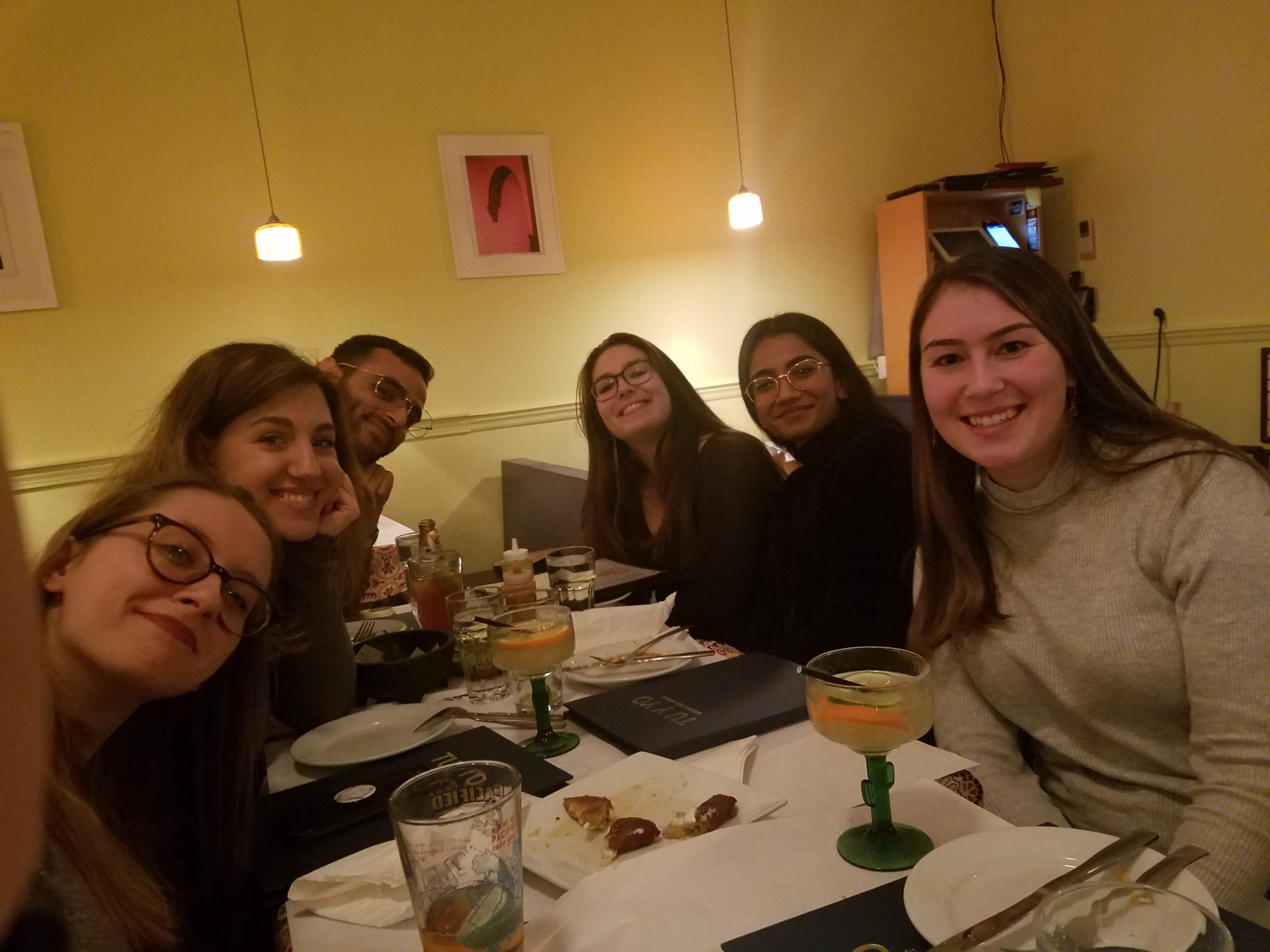
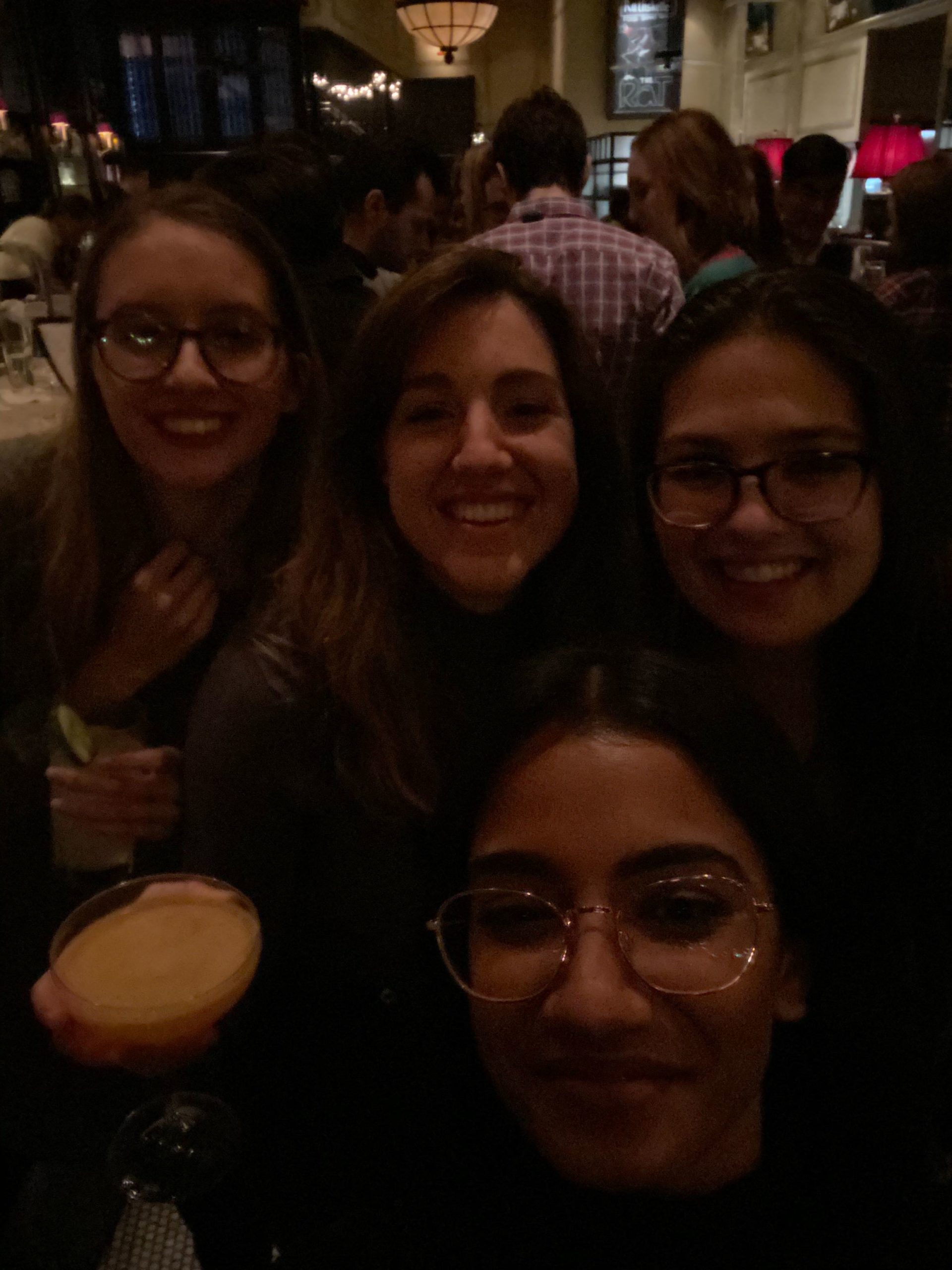
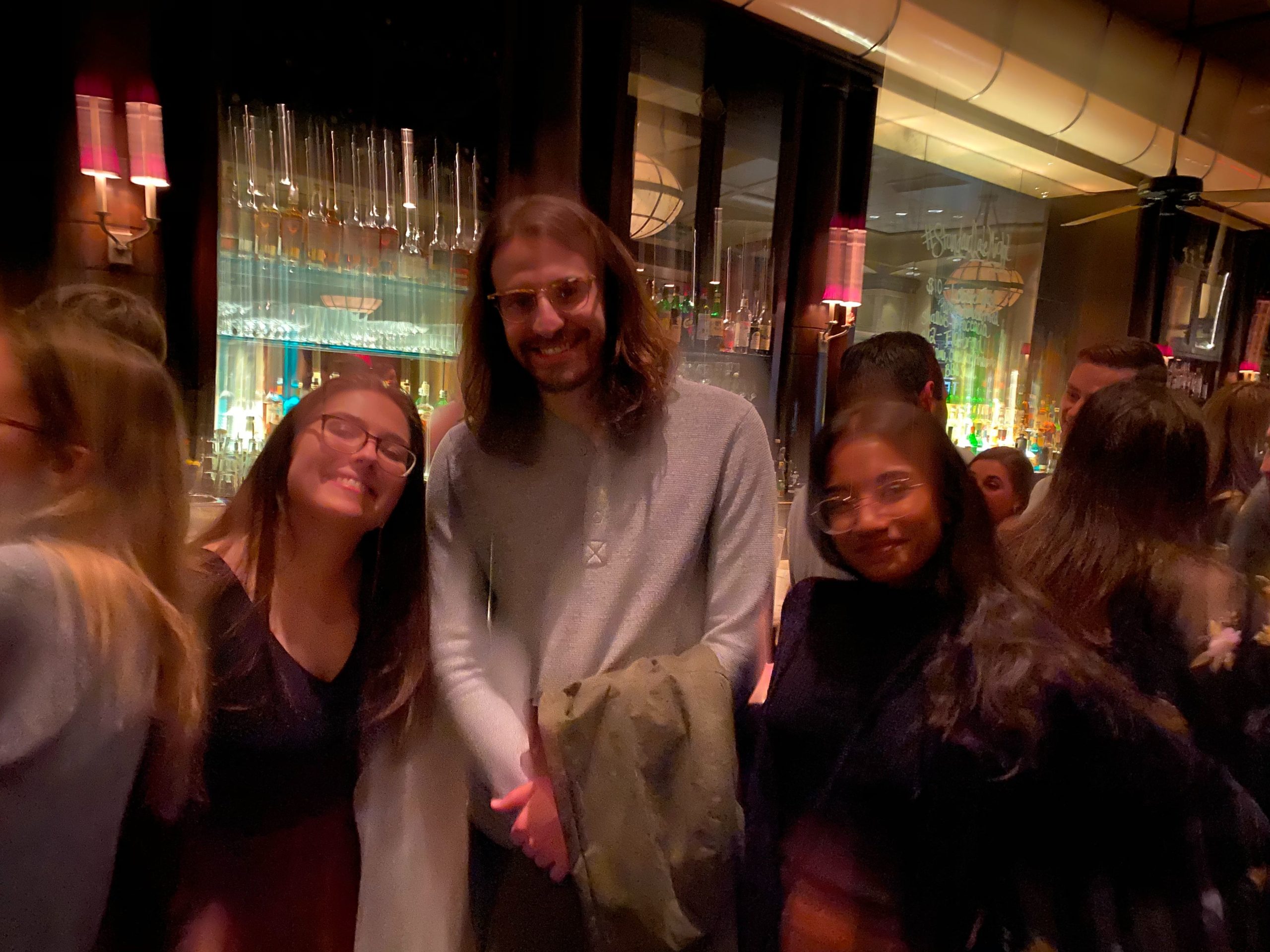
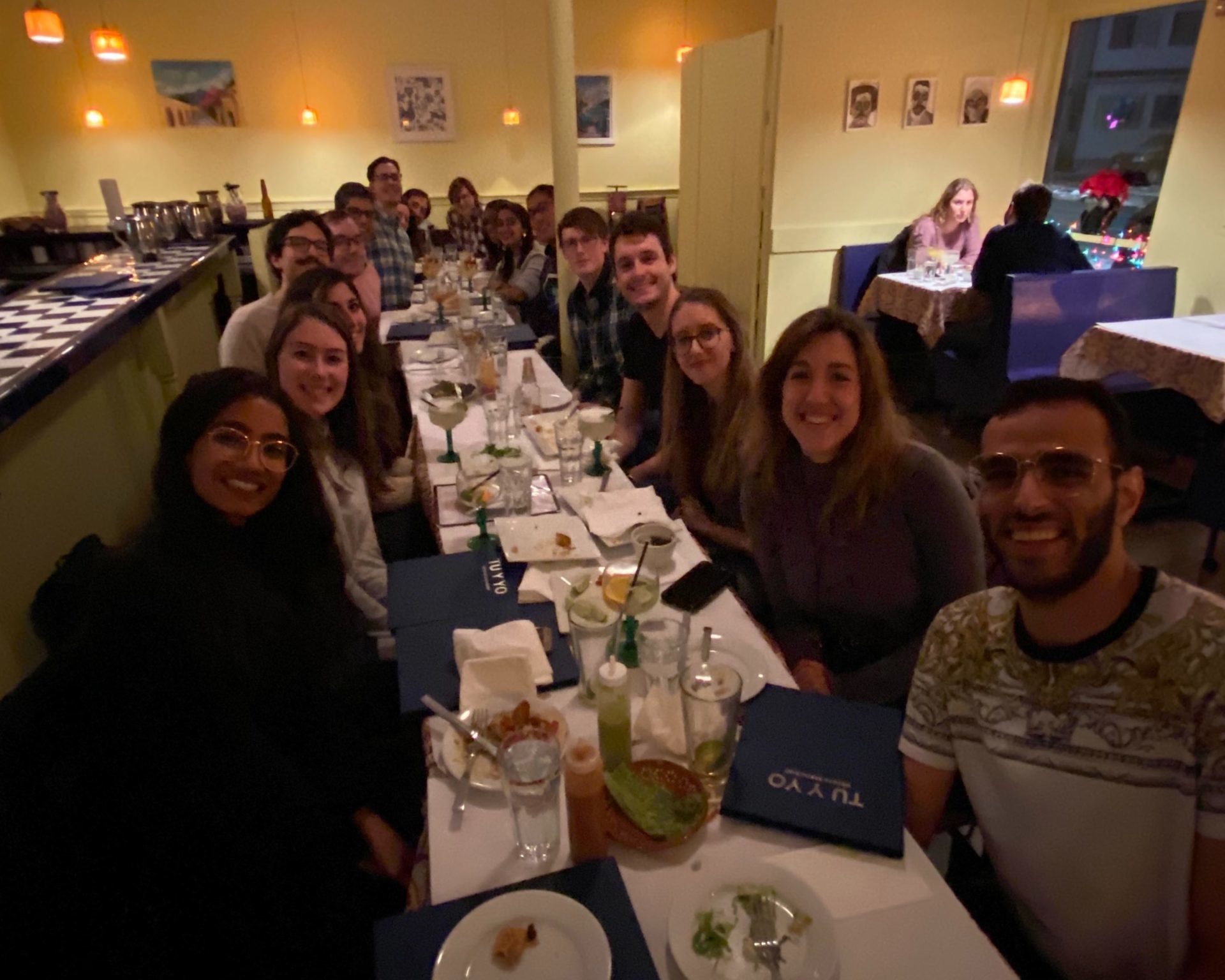 Our best to all for a great 2020!
Our best to all for a great 2020!
Congratulations, Dr. Bloom!!!
Congratulations to the most recently minted PhD from the Datta lab, Maria Lissistnya Bloom PhD. Masha beautifully defended her thesis on the ontogeny of a specialized set of olfactory sensory neurons – a gorgeous bit of cell biology that represents the very first look at how the necklace olfactory system renews itself across the lifespan of an animal. Extraordinarily proud of all that she has accomplished, and looking forward to all the science she will do in the future!
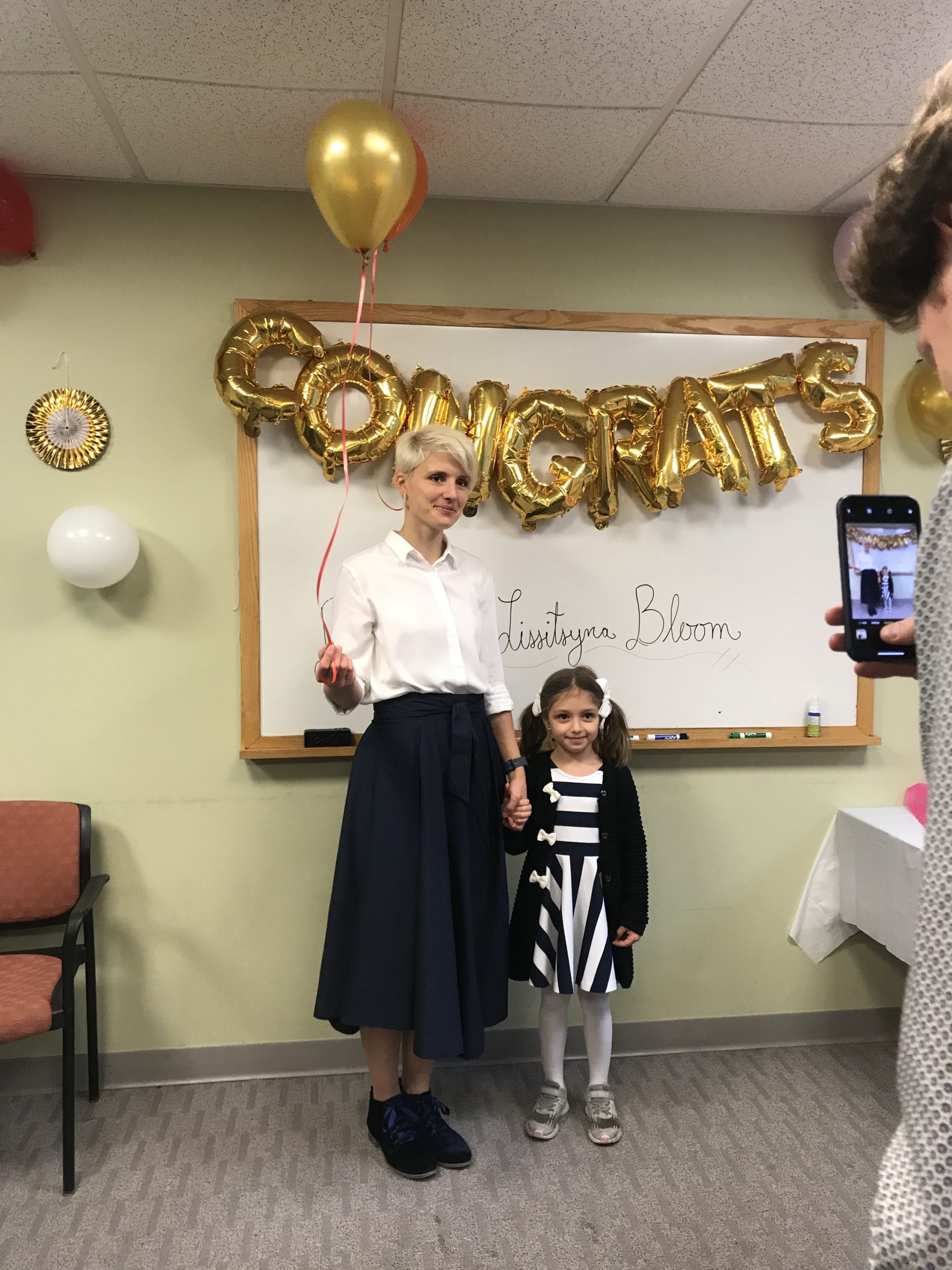
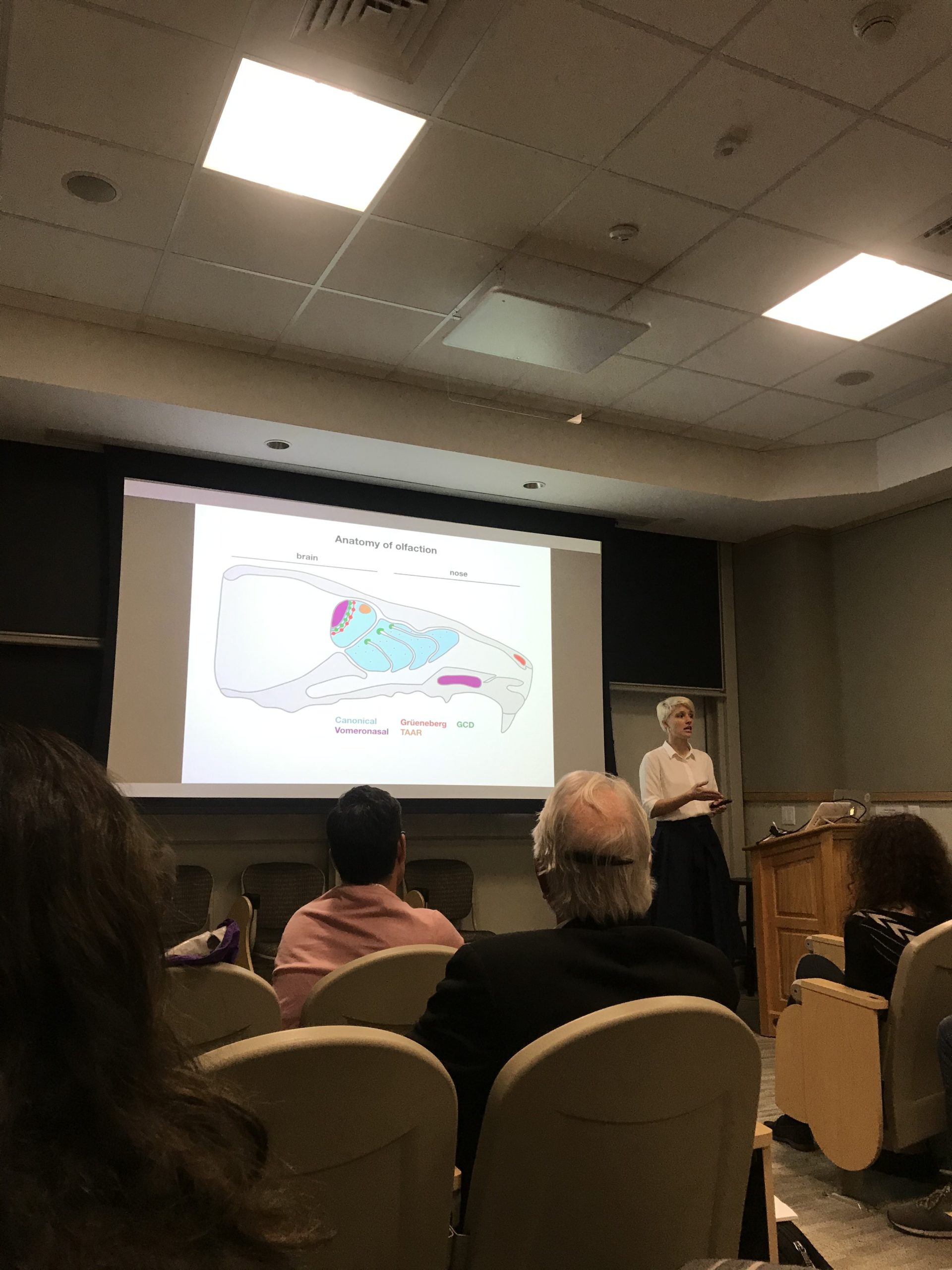
Killing it at Friday talks
Slater and Tatsuya did a terrific job describing recent work in the lab on circuits for sensation, with lots of great feedback from the department. Always fun to share progress!
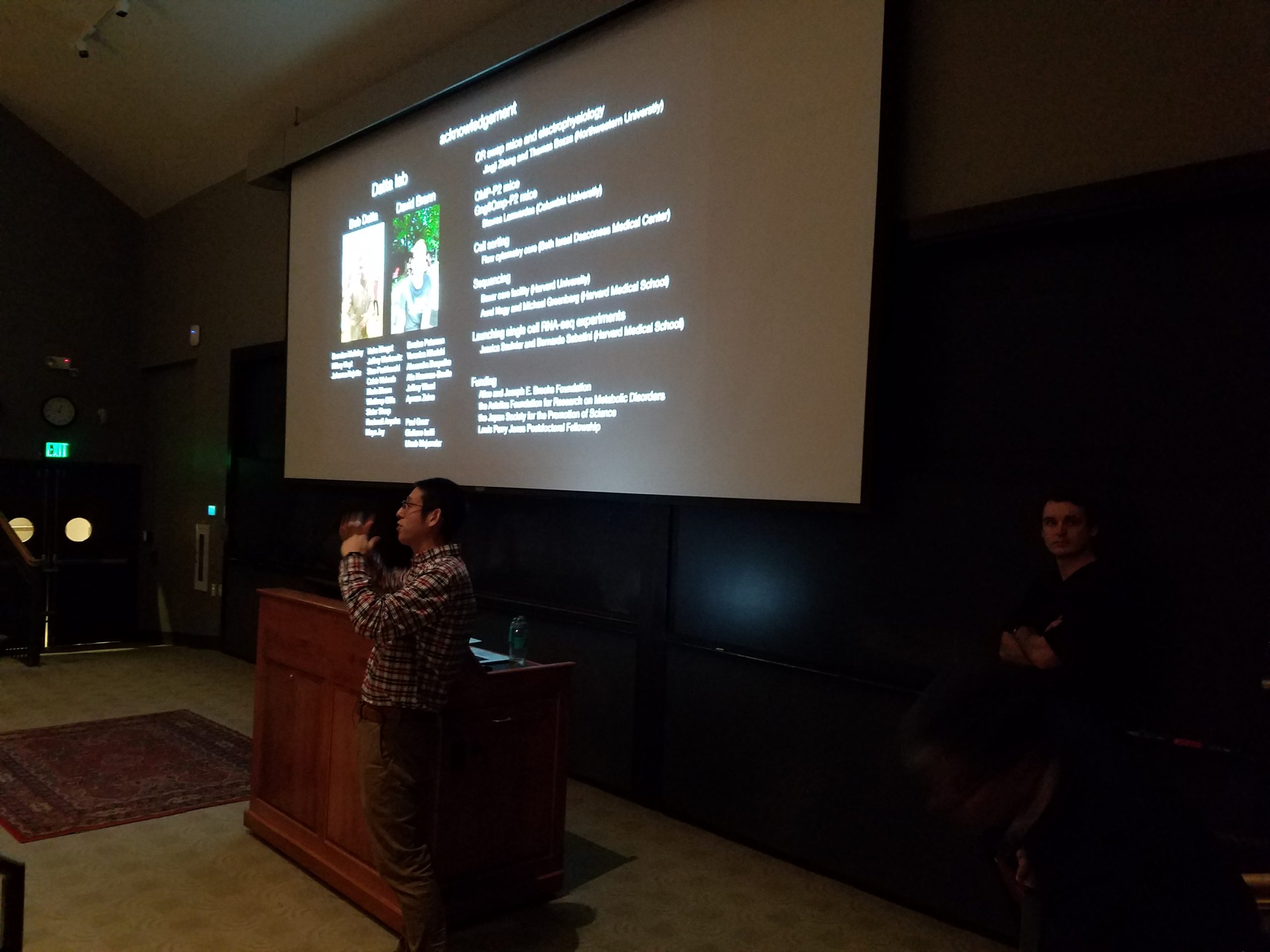
Happy Diwali!!!
We celebrated the annual festival of lights with lots of Indian food, plenty of beer, and – most importantly – a viewing of the Bollywood classic Don. No, not the lame Shah Rukh Khan version, the awesome 1978 Amitabh Bachhan version, and yes, it holds up!
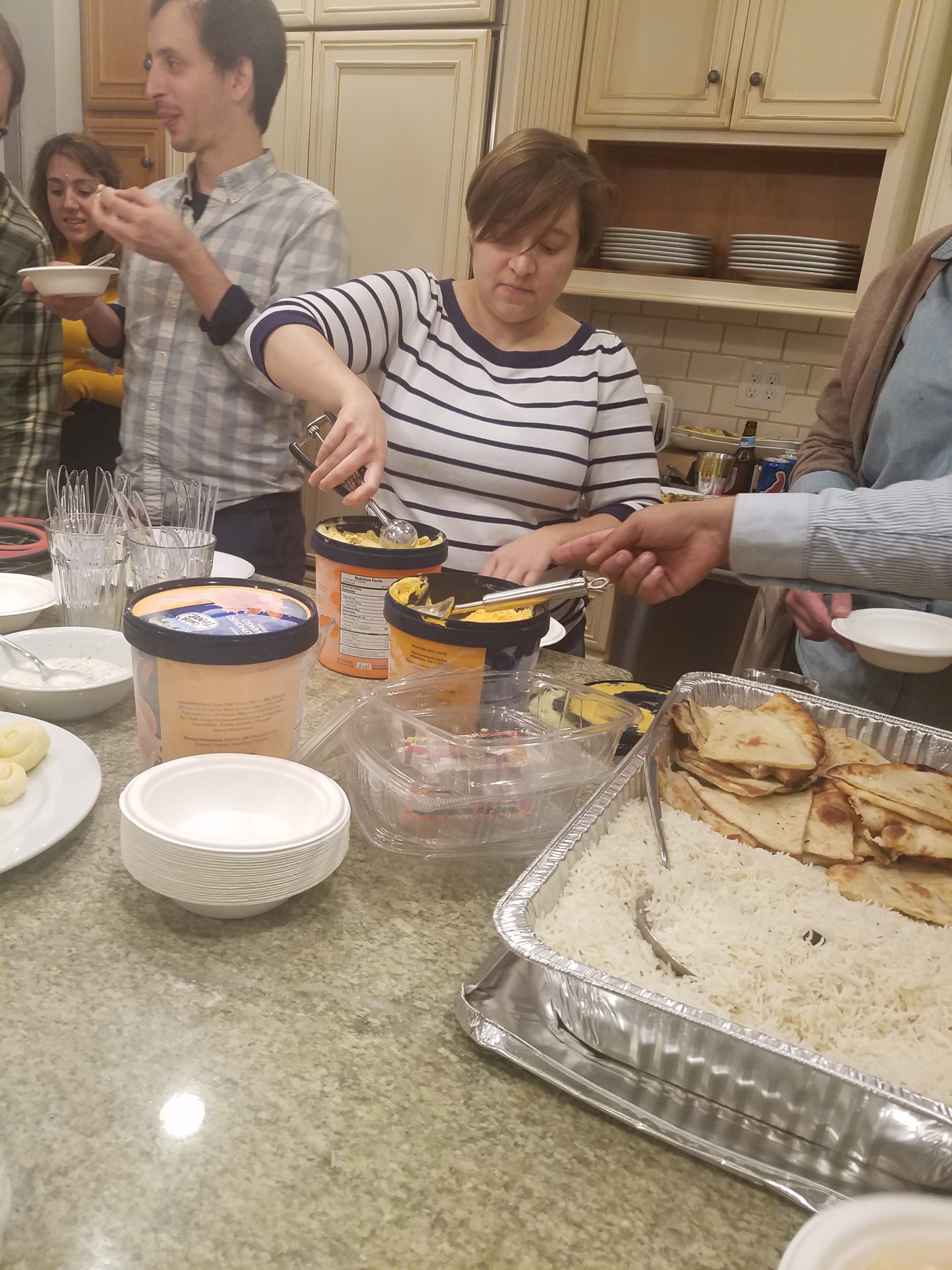

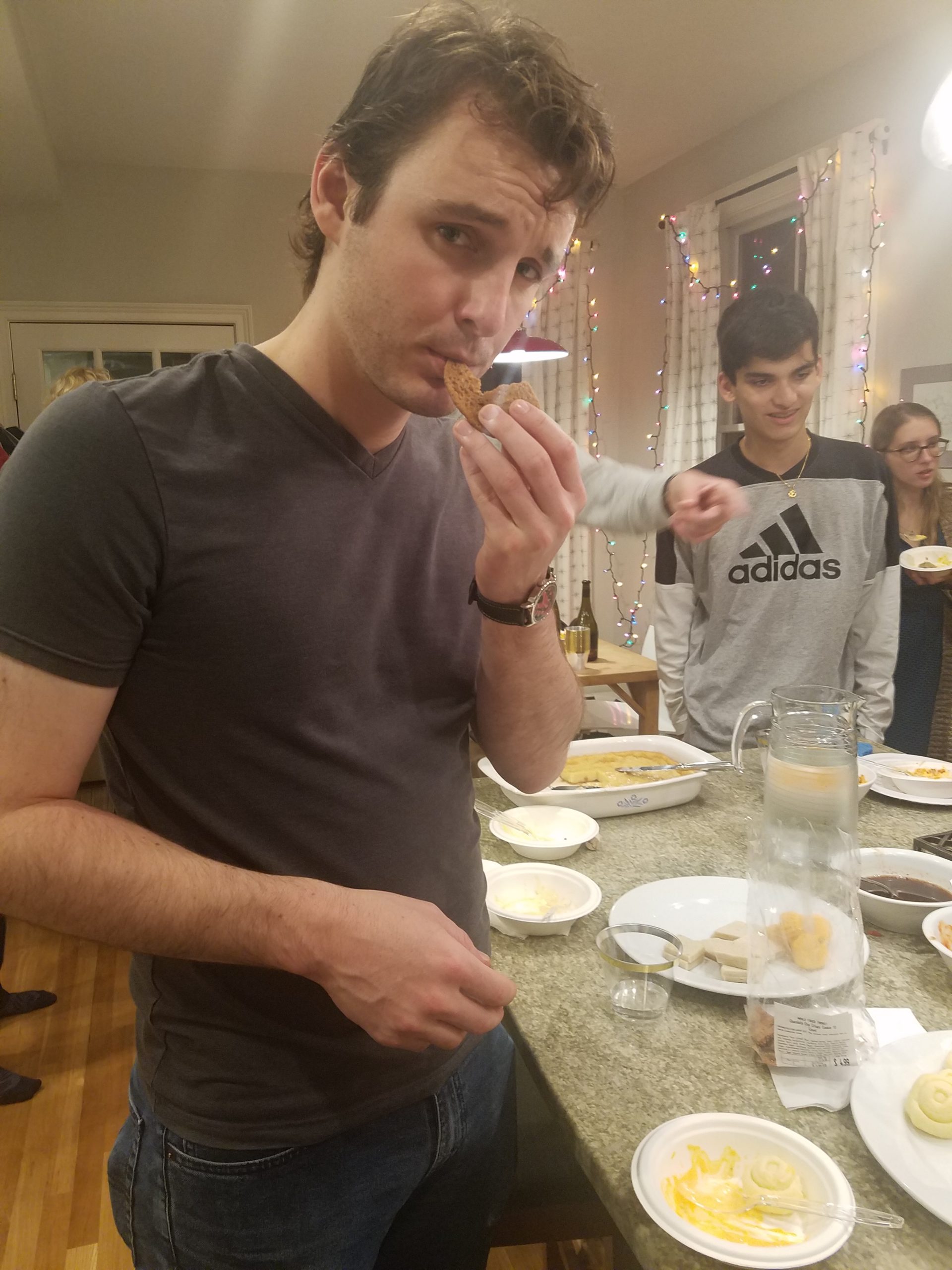
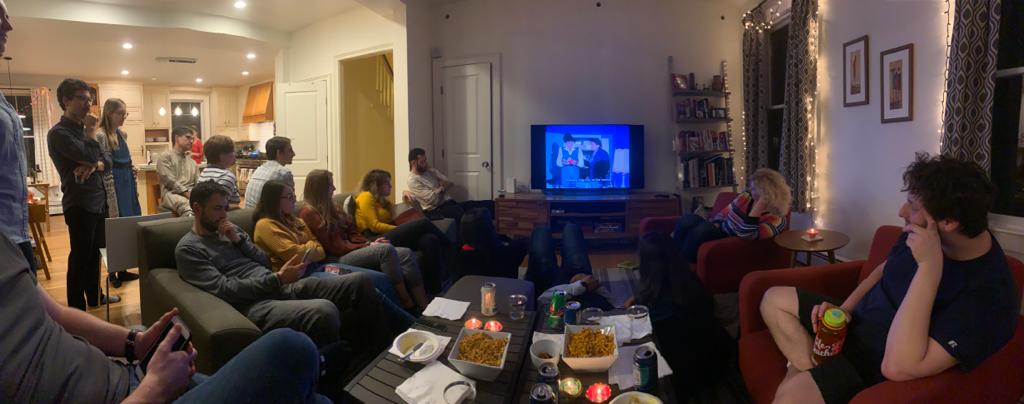
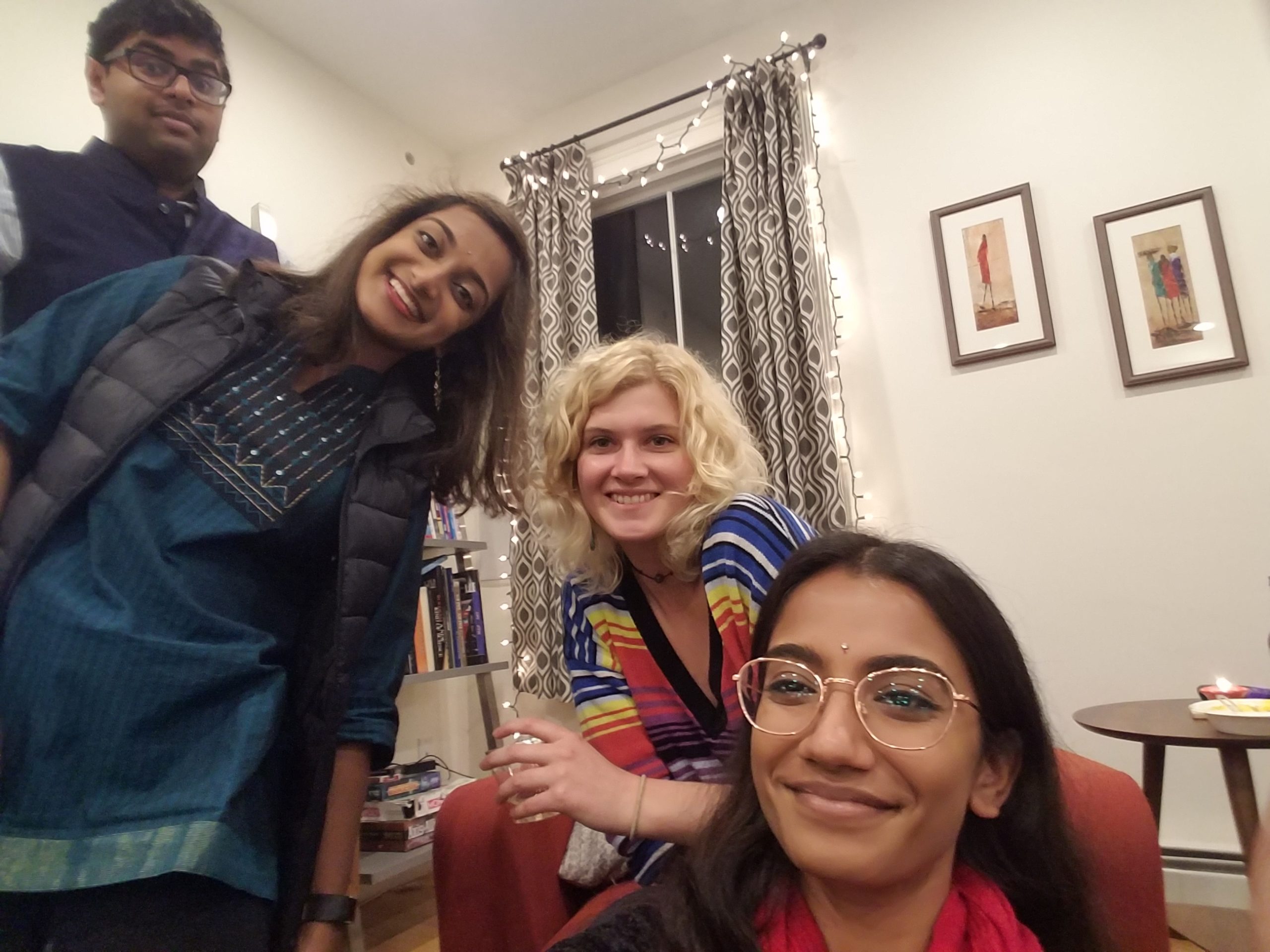
Happy Halloween everyone!!!
The Datta lab (led by Caleb Weinreb, who, truth be told is an honest-to-god sculptor) made an amazing pumpkin for the annual departmental carving contest – Bob as The Thinker. Gates of Hell indeed!
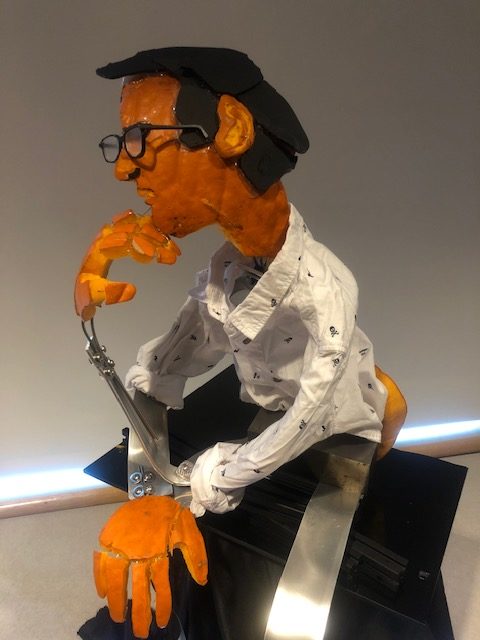
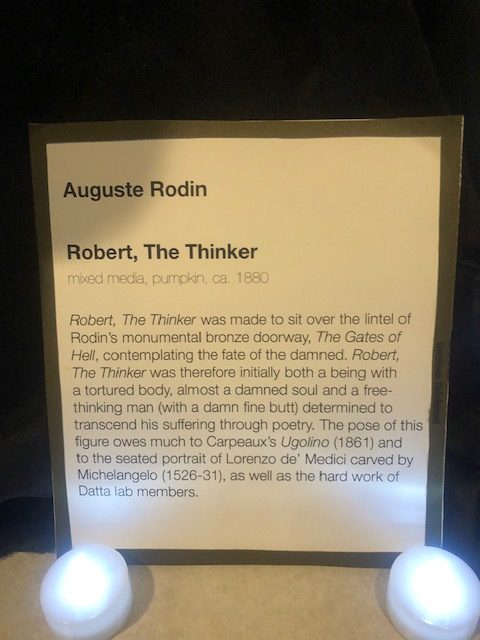
Also, for a look at Bob’s favorite Halloween thing ever, check this out – https://youtu.be/q2rjEUpmzow
